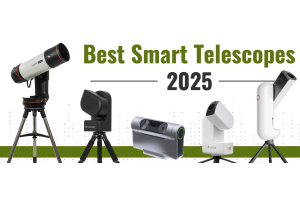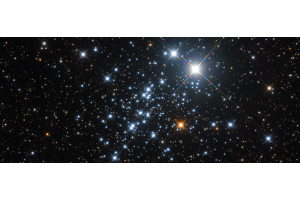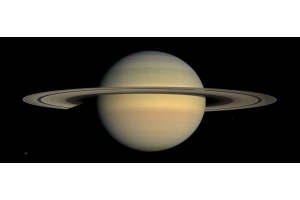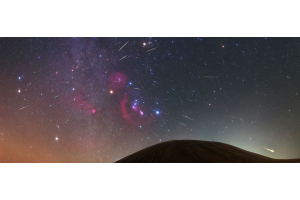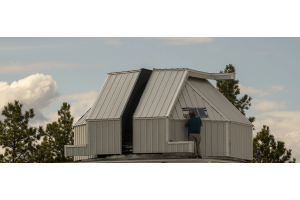
If you’re new to astronomy, there are a few key terms you’ll need to know. Some, like aperture and focal length, are important, and you might make a point of learning them early on. Other terms won’t initially seem so important, but you might often hear others talking about them. Focal ratio might be one of those terms. So what is it, and why should you be aware of it?
What is Focal Ratio?
Put simply, the focal ratio is the focal length of the telescope divided by its aperture. For example, the Apertura AD8 Dobsonian telescope has a focal length of 1200mm, while its aperture is 203mm. Divide 1200 by 203 and you get 5.9. This is its focal ratio or f-ratio, and in this example, you’ll see it written as f/5.9. If you’re familiar with terms associated with photography, you might also know this as the f-stop.
A telescope with a low focal ratio (usually f/5 or lower) is said to have a “short” focal ratio, while the telescope itself is said to be “fast”. A focal ratio between f/6 and f/9 is said to have a “medium” focal ratio, while focal ratios of f/10 or higher are said to be “long” and the telescope is described as “slow”.
The Long and the Short of It
As noted above, the lower the ratio, the “faster” the telescope. This is important if you want to develop your astrophotography skills, as a lower focal ratio results in shorter exposure times. Hence, a “fast” telescope.
Generally speaking, a short focal ratio also results in a low magnification. For example, the Celestron FirstScope has an aperture of 76mm and a focal length of 300mm, resulting in a focal ratio of f/3.95. Use the included 20mm eyepiece with the telescope, and you’ll get a magnification of 15x. (The focal length of the telescope, 300, divided by the focal length of the eyepiece, 20, equals 15.)
Tied to this, a low magnification will also offer a wider field of view, since you’re looking at a greater area of the sky. For these reasons, a fast telescope, with a short focal ratio, is best suited for imaging star clusters, nebulae, galaxies, and the Milky Way. The objects appear brighter, making fainter targets easier to image.
Conversely, a long focal ratio carries with it a higher magnification and a narrower field of view. Objects are fainter, making these telescopes better suited to bright objects. For example, a slow telescope is the best choice for imaging double stars, the planets, and close-up shots of the Moon.
Incidentally, the brightness of stars is unaffected by the focal ratio. A star’s brightness is only dependent upon the aperture of the telescope since this determines how much light is gathered. There’s also no noticeable difference in brightness if you’re only observing the object visually, so if you have no plans to pursue astrophotography, the focal ratio is much less of a concern.
Visually, the most important specification is always aperture - the larger the better. The larger the aperture, the more light your telescope can gather. The more light is gathered, the fainter the objects you’ll see and the more detail that will be visible.
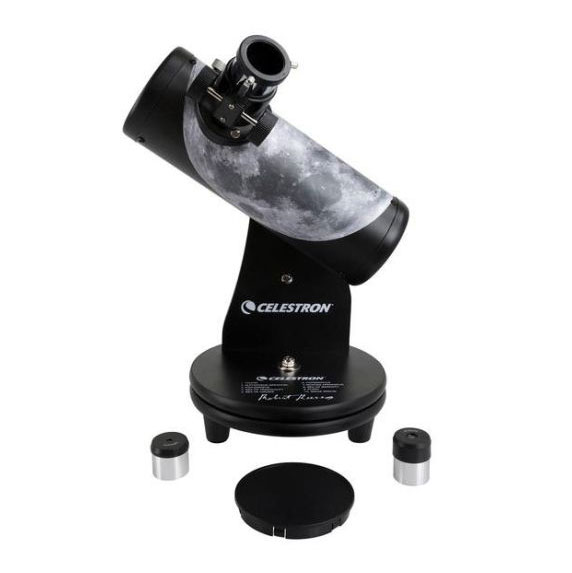
The Pros and Cons of the Fast and the Slow
Besides your intended astronomical targets, what other factors are influenced by a telescope’s focal ratio? For starters, there are the telescope’s physical dimensions, as the focal ratio can also determine the approximate length of its tube. This is true of both Newtonian reflectors and regular refractor telescopes. (The rule doesn’t apply to a Cassegrain reflector because the configuration of the mirrors allows for a more compact design.)
For example, the Explore Scientific 102mm refractor has a focal ratio of f/6.5 and an aperture of 102mm, or just over 4 inches. By multiplying its focal ratio (6.5) by its aperture in inches (4) we arrive at 26, which is the approximate length of its tube, as measured in inches. (For the record, this telescope’s tube is 25.5 inches long.)
If you’re considering a Newtonian reflector or a regular refractor and portability is important, a shorter/faster f/ratio is more desirable.
There’s another factor that should also be considered: the quality of the optics. Faster scopes, with lower focal ratios, require deeply curved mirrors and lenses. As such, quality optics are harder and more expensive to produce.
Faster telescopes with curved optics typically produce images with soft edges. In other words, while a star at the center of the field of view might be in sharp focus, the stars near the edge of the field of view might appear slightly distorted. If this is an issue for you, you’ll need to either use a better-quality eyepiece or a field flattener to reduce the curvature.
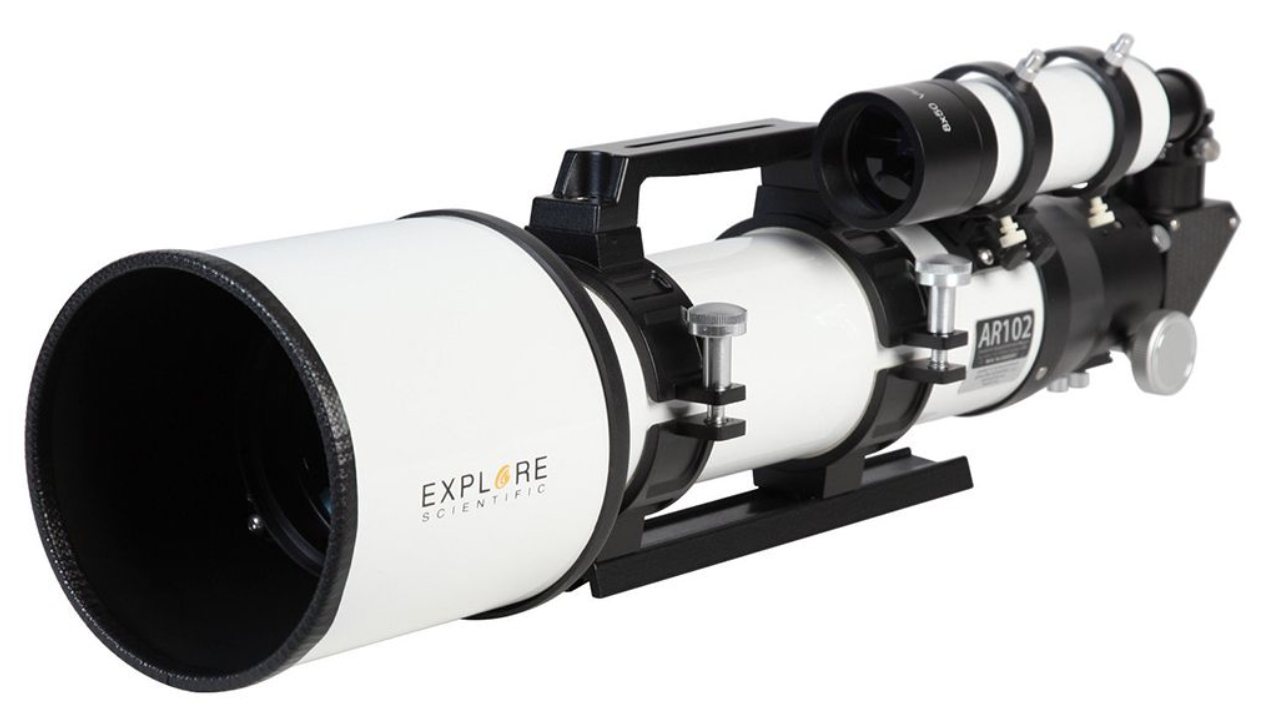
Fast or Slow Scope, Take Your Time
Most telescopes have focal ratios of f/9 or lower, which is typically fine for regular, visual astronomy and astrophotography. If you’re specifically looking to study the planets, either visually or photographically, you’ll want a larger focal ratio as this will produce better views at higher magnification.
Lastly, regardless of whether your scope is “fast” or “slow”, aperture is king. The larger the aperture, the more light will be gathered and the fainter the objects you’ll see. Take your time and savor the view.

Learn More
Interested in learning more about telescopes and astronomy? Not sure where to begin? Check out our AstronomyHub to learn more!






